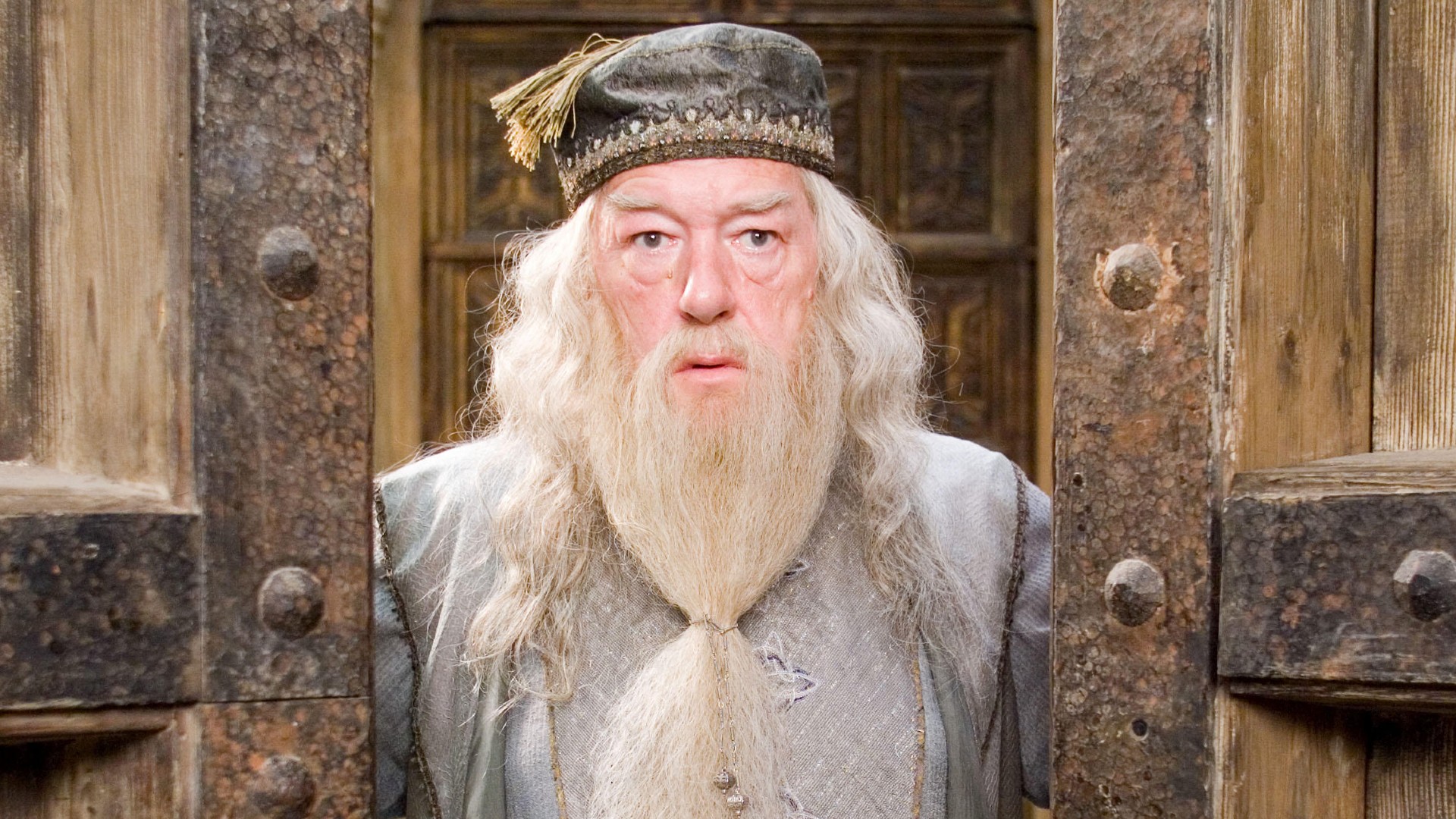The Harry Potter series has been praised for its representation of diversity and inclusion, with its portrayal of different races, genders, and sexualities. However, like any work of fiction, the series is not without its flaws in this regard.
- The series features a diverse cast of characters
- The series promotes acceptance and love
- The series presents strong female characters
- The series has some issues with racial representation
- The series reinforces gender stereotypes
- The series could be more inclusive in its portrayal of different races, genders, and sexualities.
On the positive side, the series features a diverse cast of characters. The main character, Harry Potter, is a white male, but many of the other characters are from different racial backgrounds. For example, Hermione Granger is a black woman, Dean Thomas is black, and Luna Lovegood is described as being of mixed race. The series also includes a number of LGBTQ+ characters, such as Dumbledore and Grindelwald, who are implied to be in a romantic relationship.
Furthermore, the series promotes the idea that love and acceptance are more powerful than hate and discrimination. This is seen in the way that characters like Hermione and Neville Longbottom are accepted and valued by their friends, despite facing prejudice from some members of the wizarding community. The series also presents strong female characters, such as Hermione and Ginny Weasley, who are intelligent, brave, and independent.
However, there are also some criticisms that can be made about the series’ representation of diversity and inclusion. One issue is that the racial diversity of the cast is not always well-represented in the story. For example, Dean Thomas and Cho Chang are both minor characters who do not play a significant role in the narrative. Additionally, the series has been criticized for its lack of diversity among the faculty at Hogwarts, with most of the teachers being white.
Another issue is that the series reinforces gender stereotypes to some extent. For example, the character of Ron Weasley is often portrayed as being less intelligent and capable than Hermione, and the male characters are often portrayed as the ones who take on the most physical challenges and danger. Additionally, the series has been criticized for its portrayal of the relationship between Harry and Ginny, with some arguing that it reinforces the idea that women should be passive and submissive.
Overall, while the Harry Potter series has some positive aspects when it comes to its representation of diversity and inclusion, it also has some flaws. The series features a diverse cast of characters, promotes acceptance and love, and presents strong female characters. However, it also has some issues with racial representation and gender stereotypes, and could be more inclusive in its portrayal of different races, genders, and sexualities.
